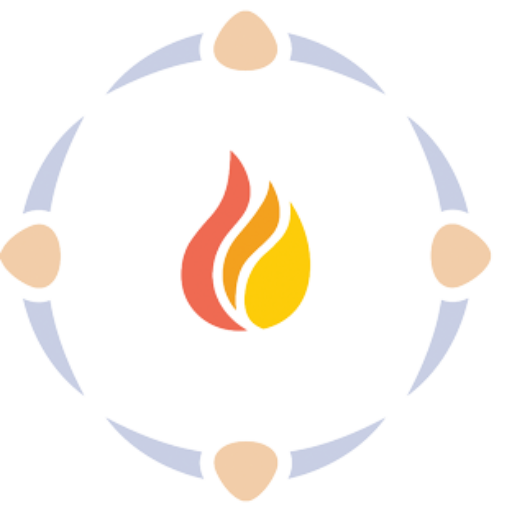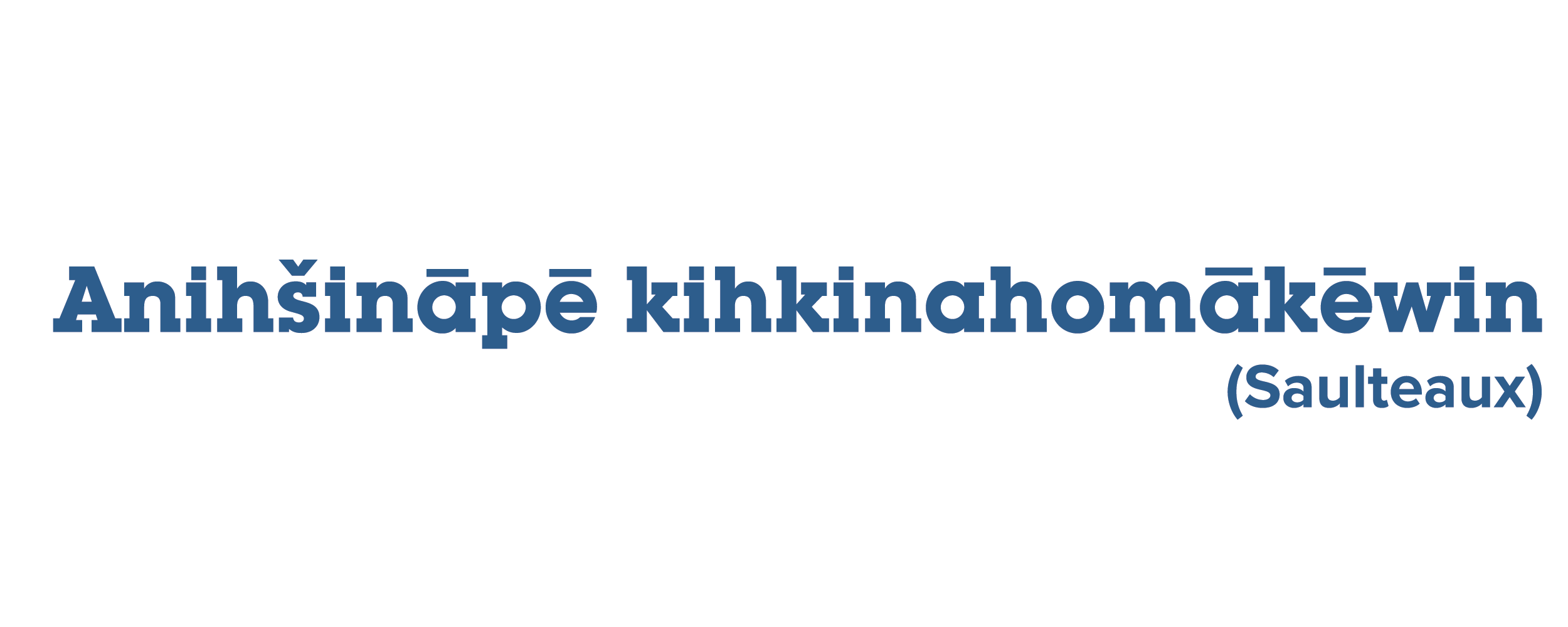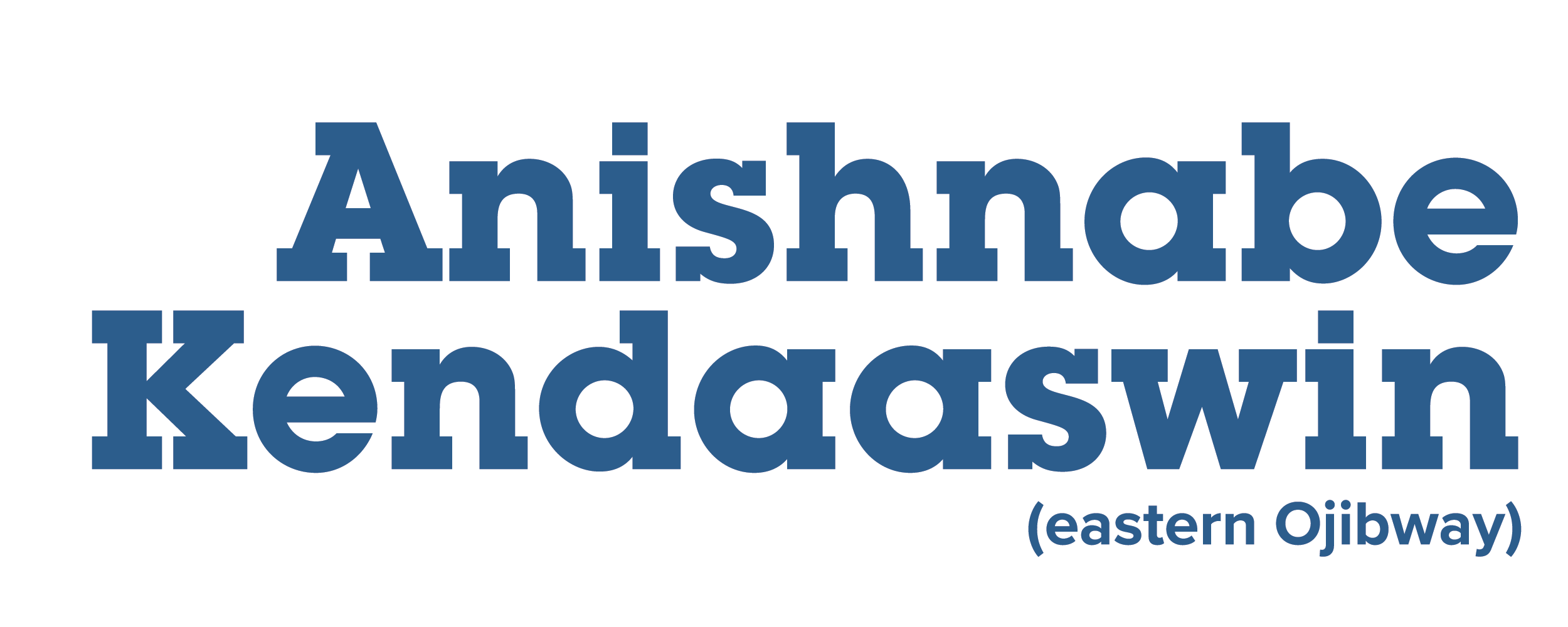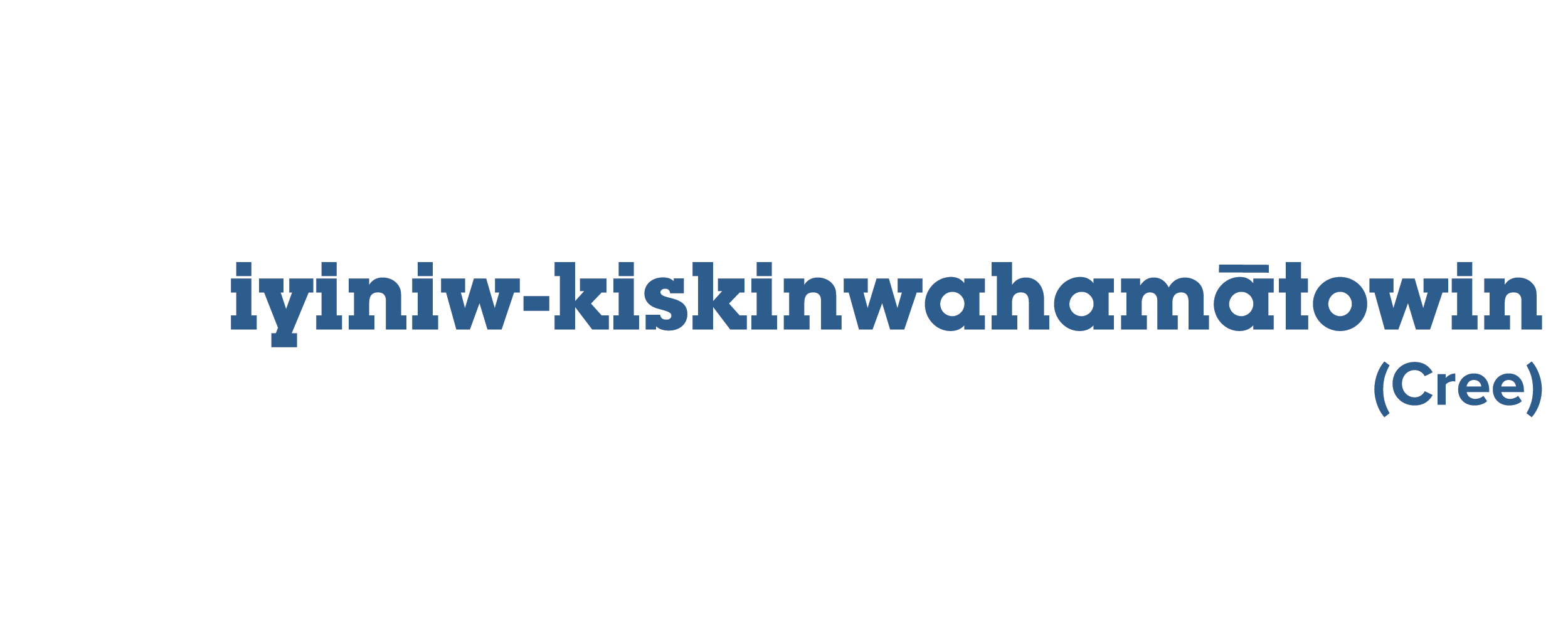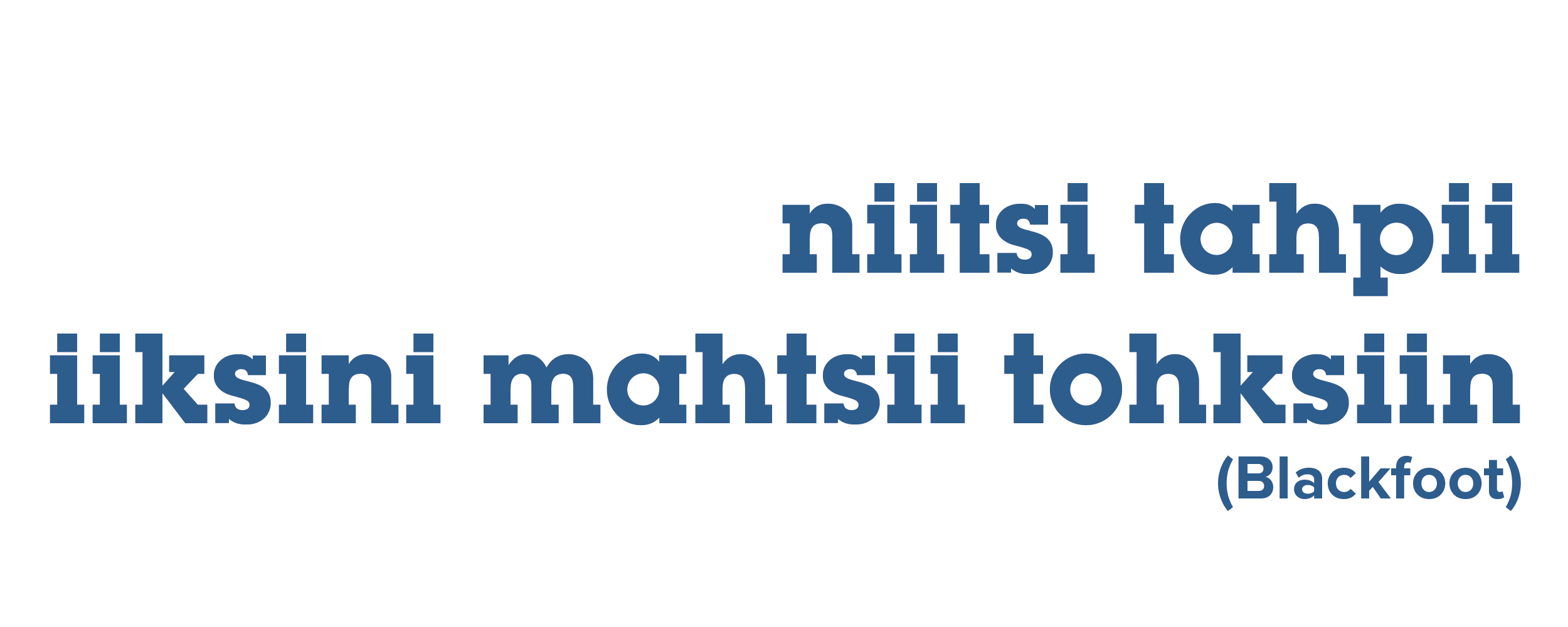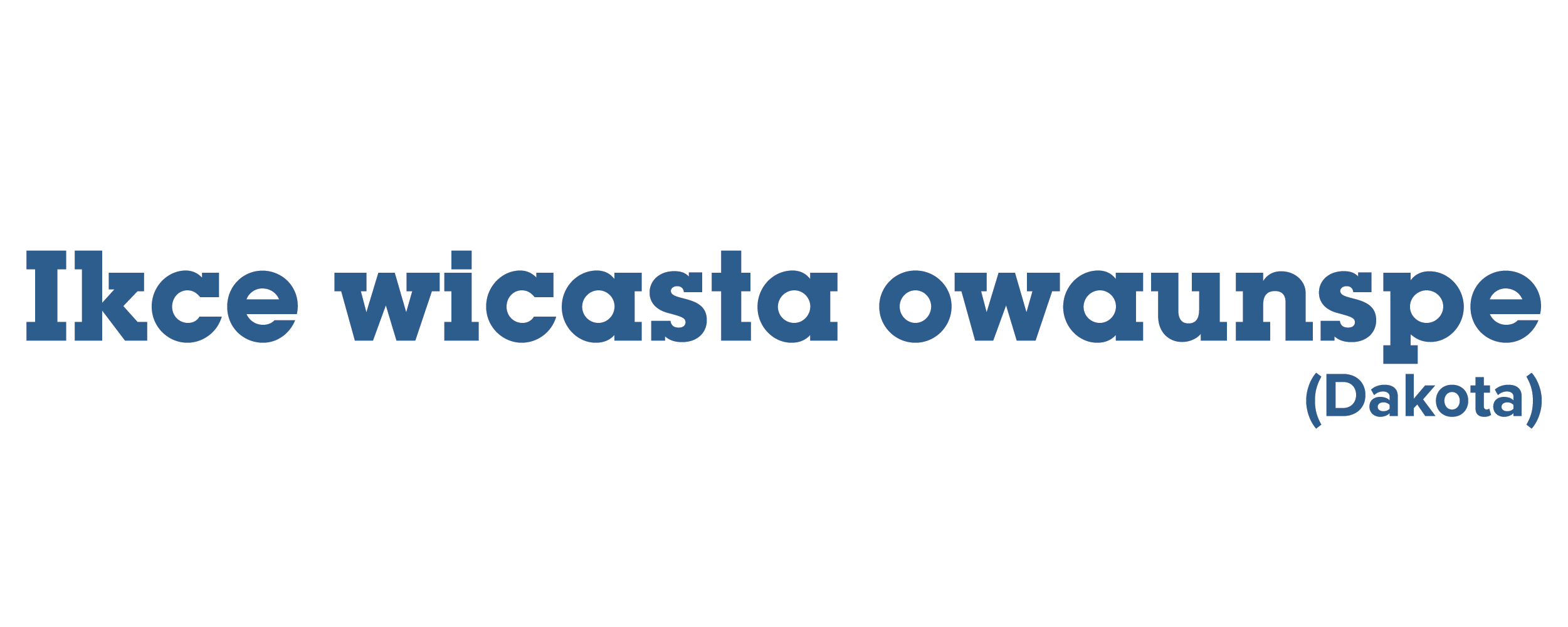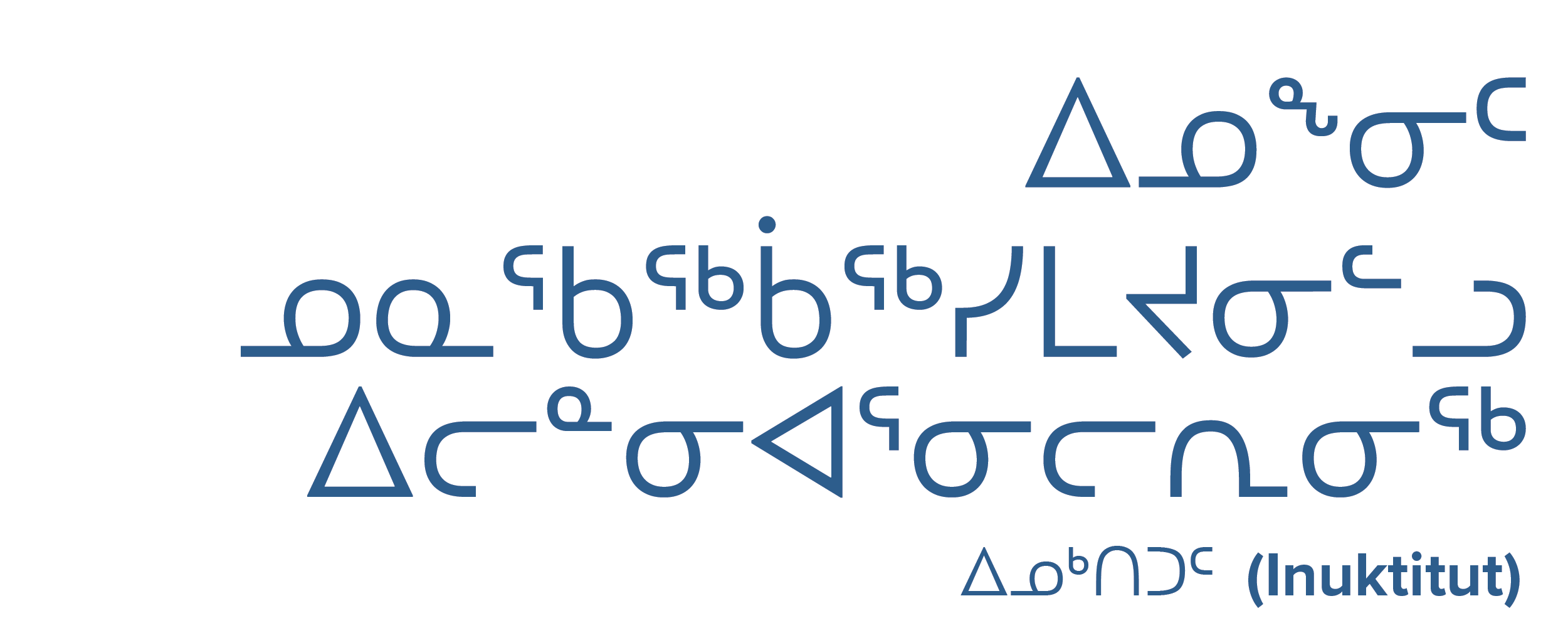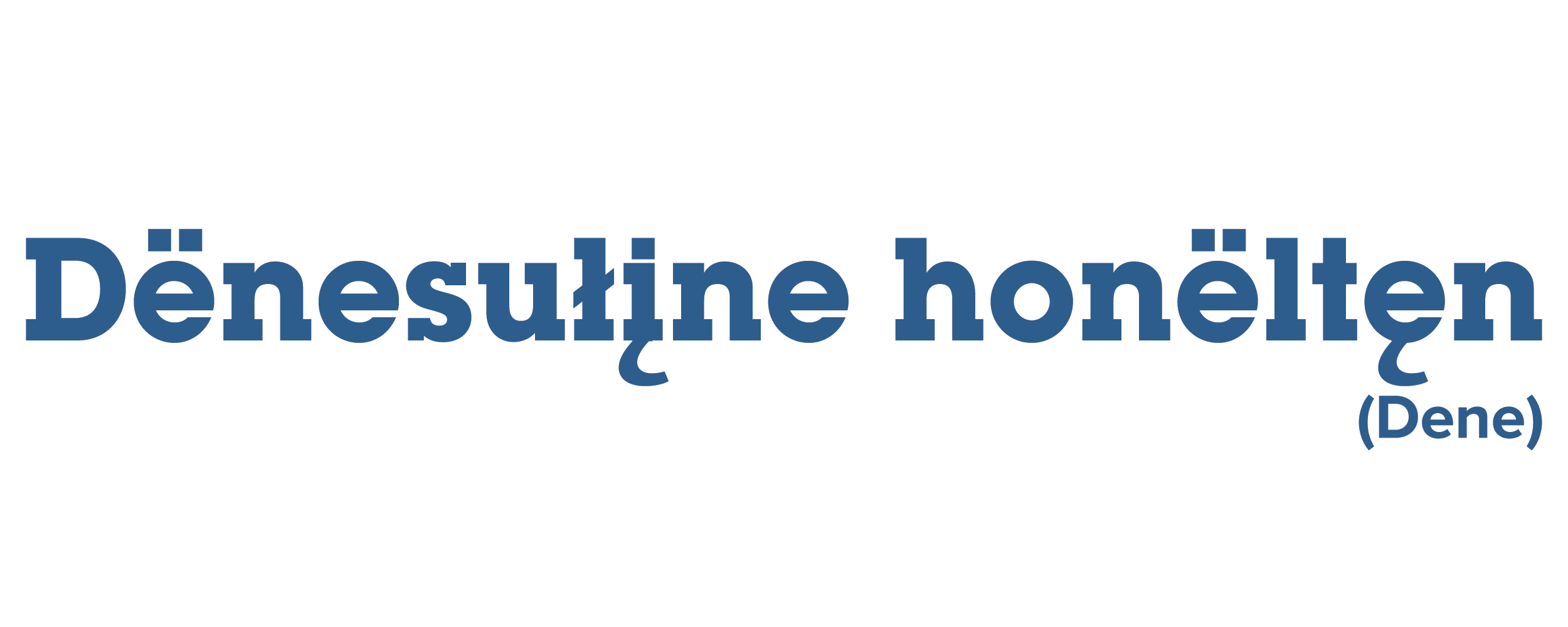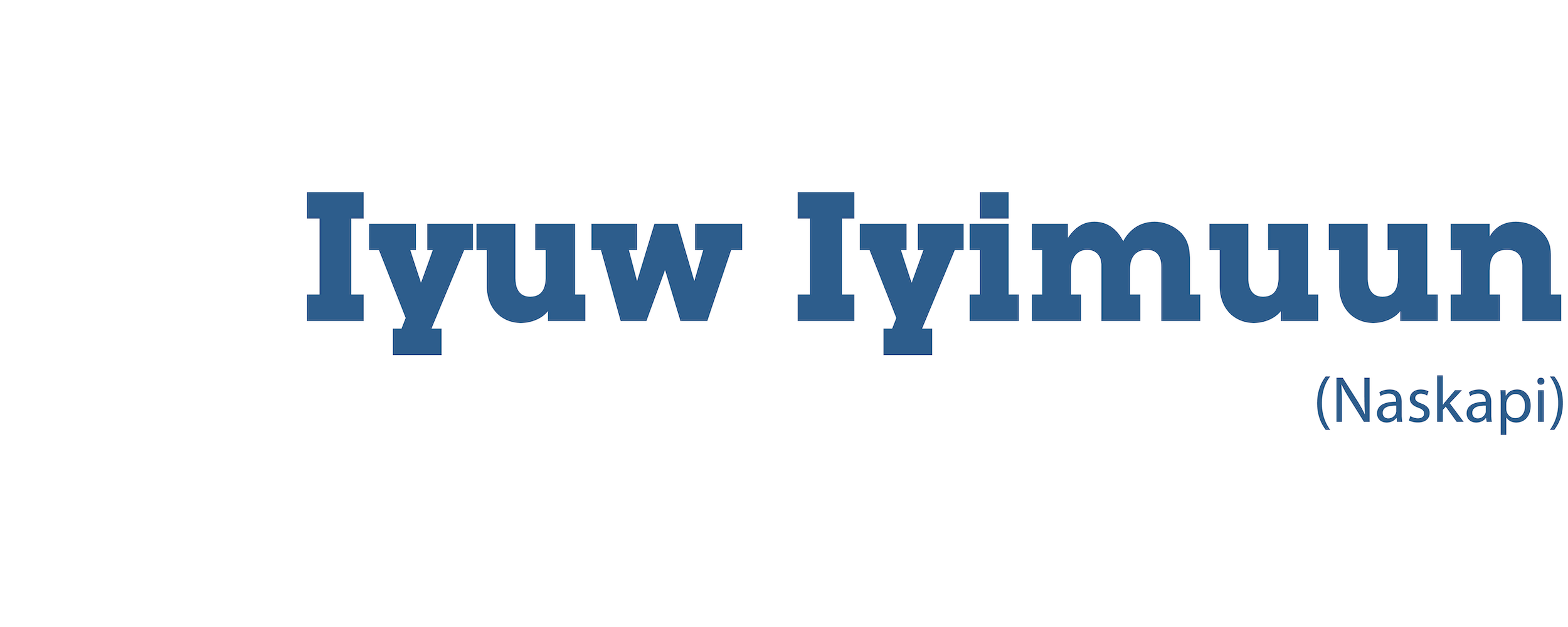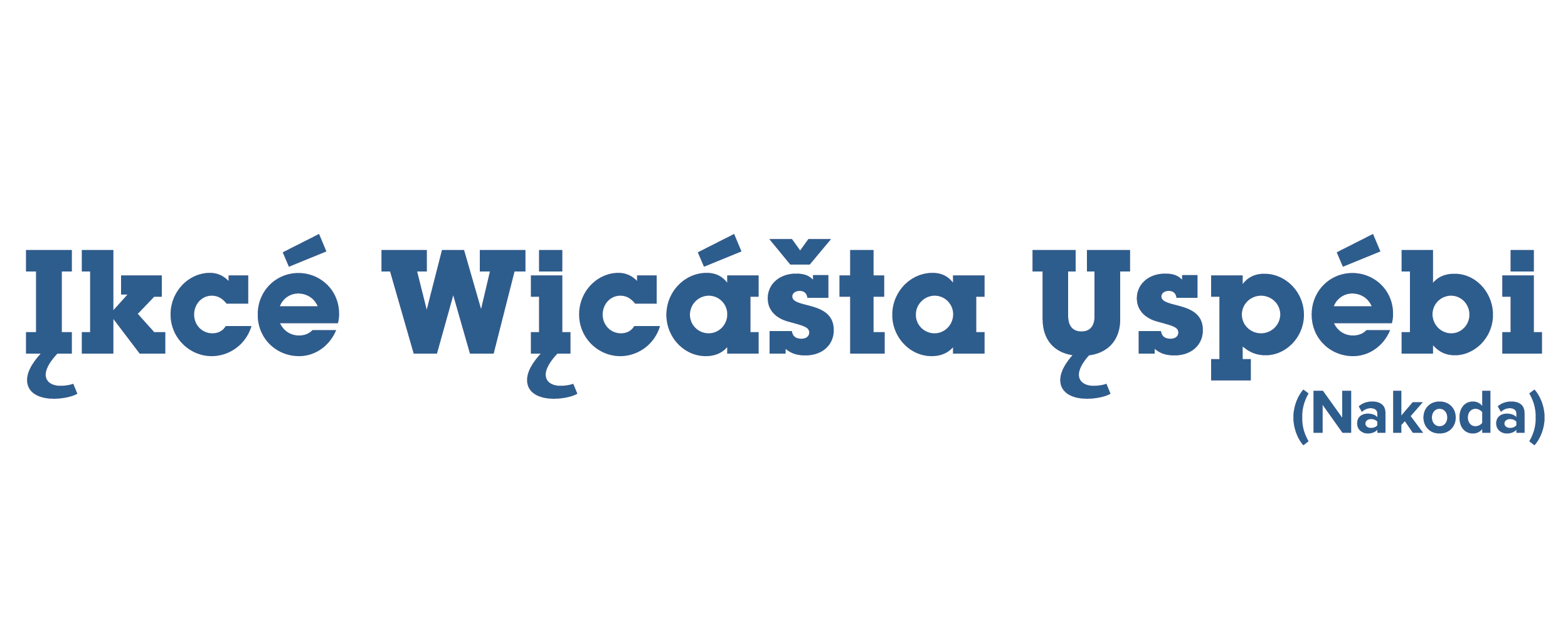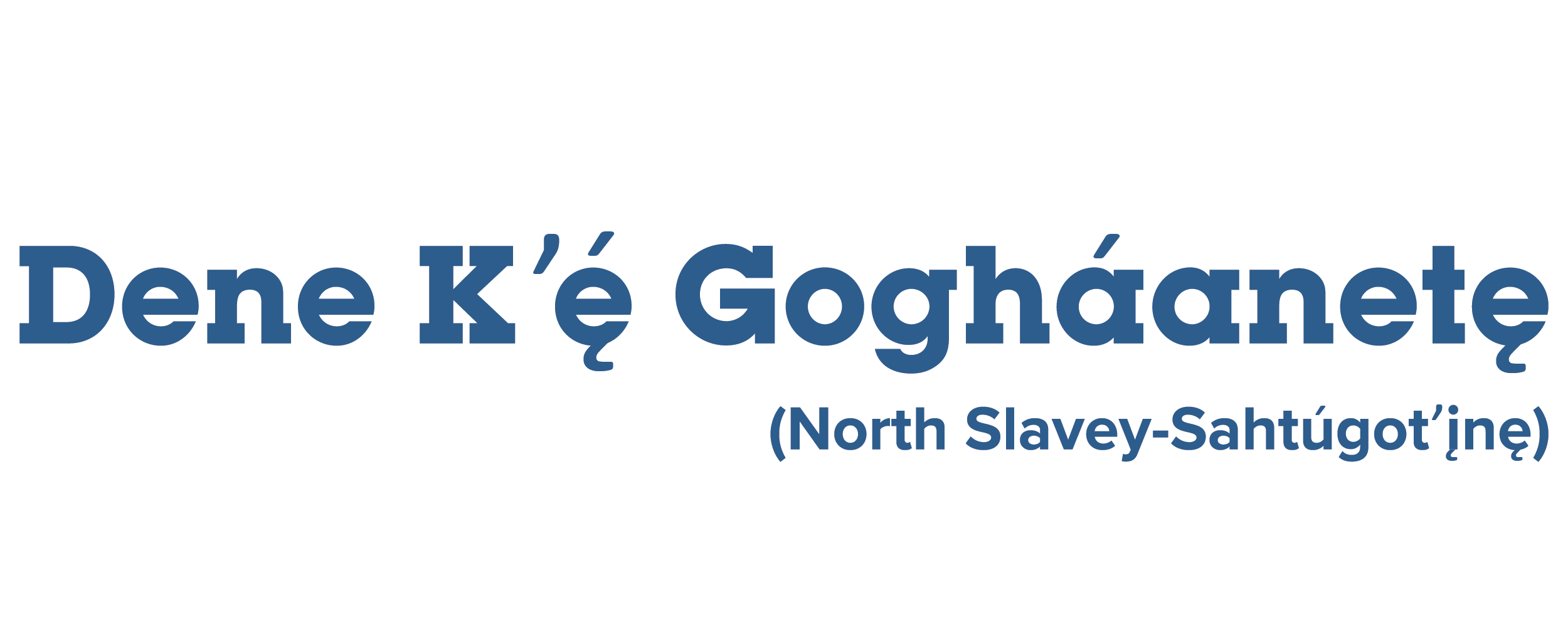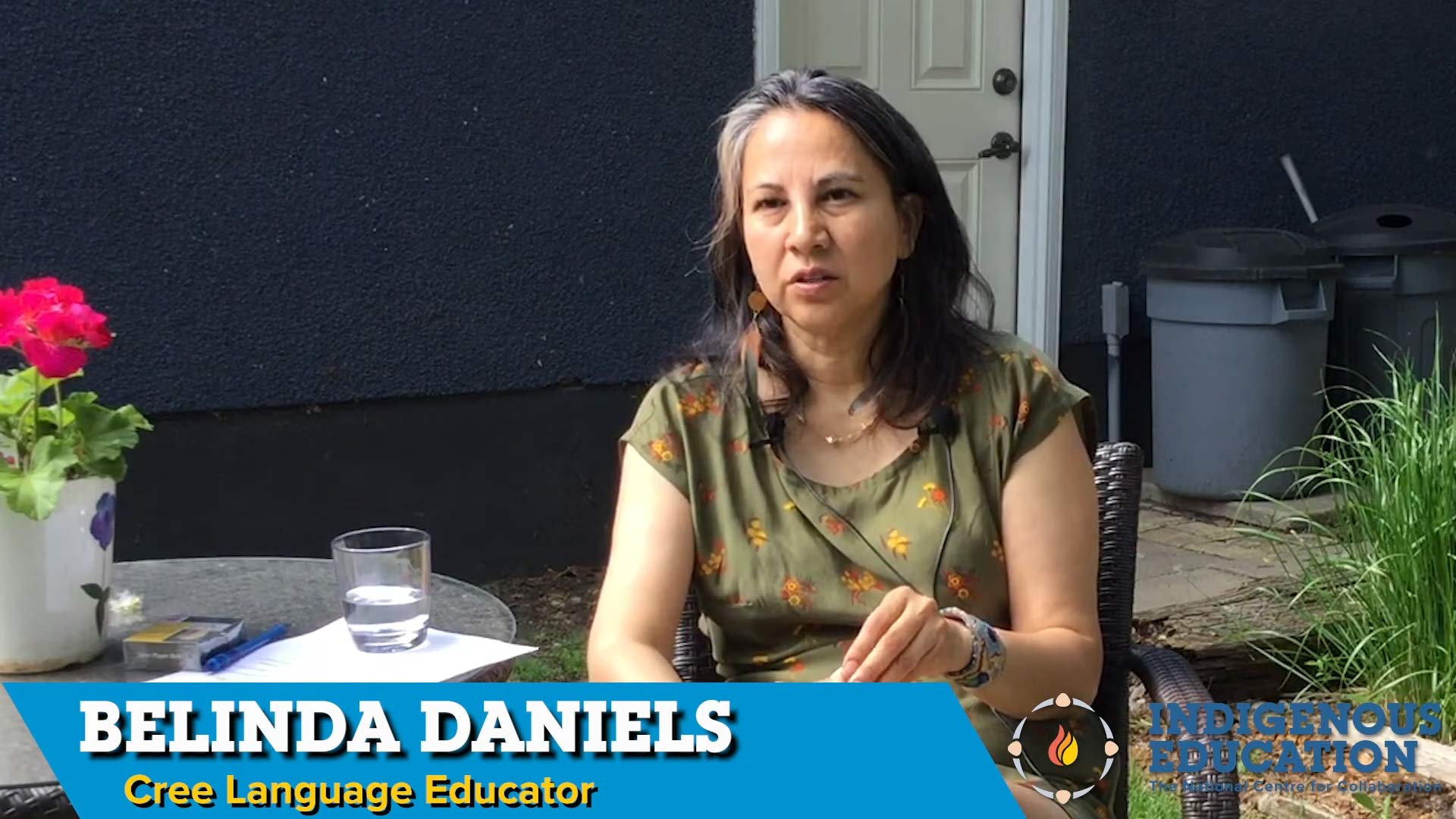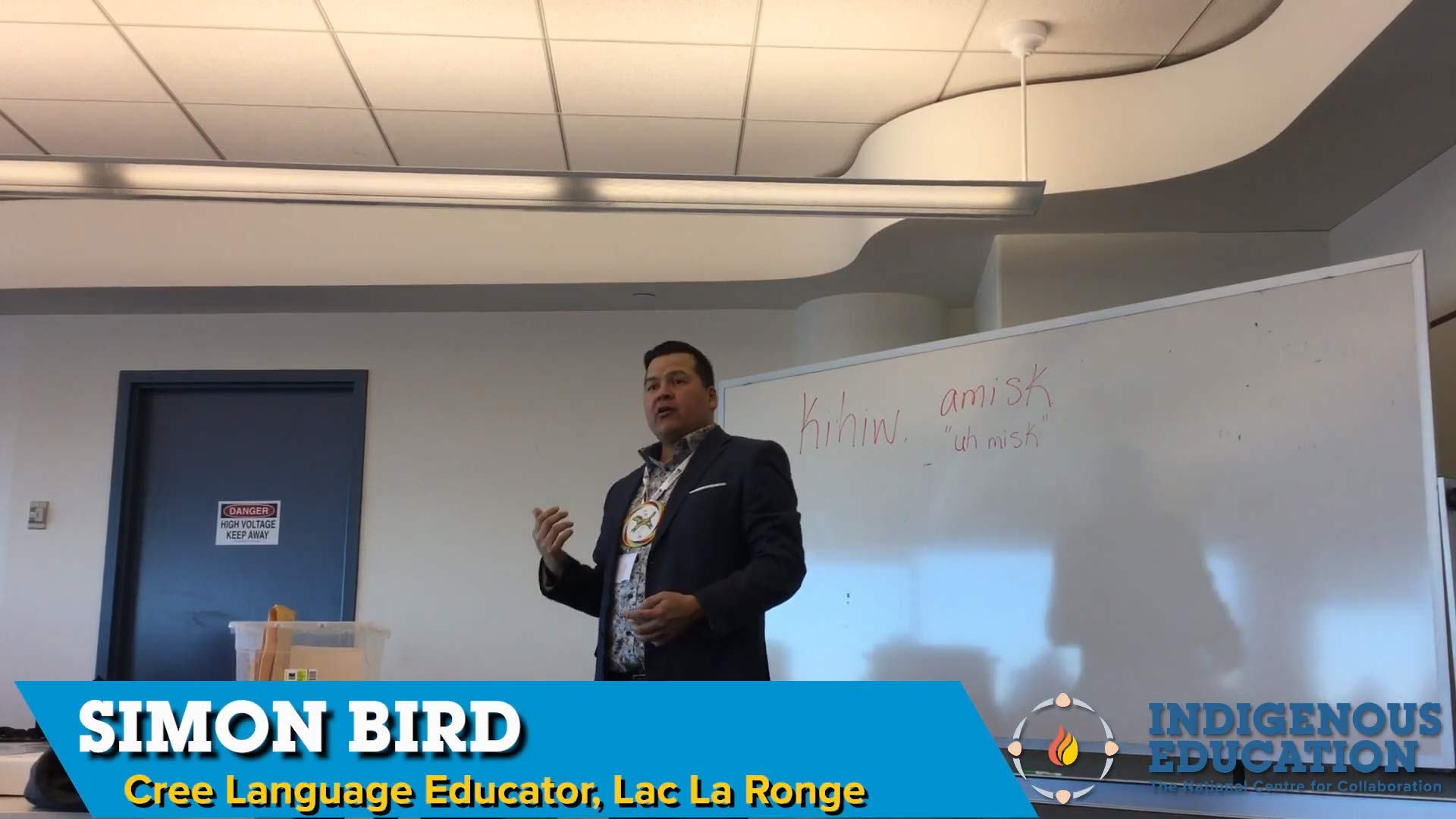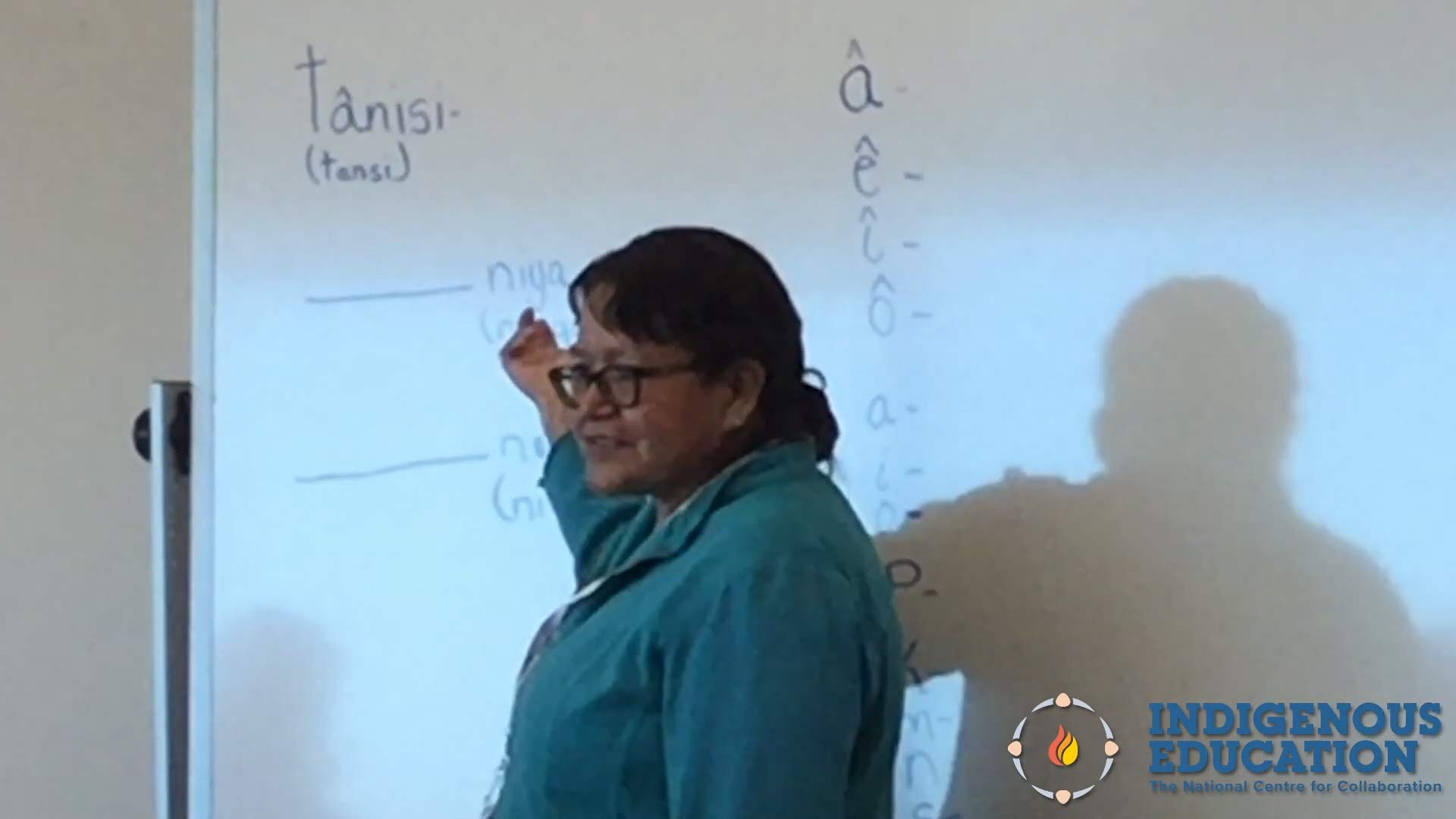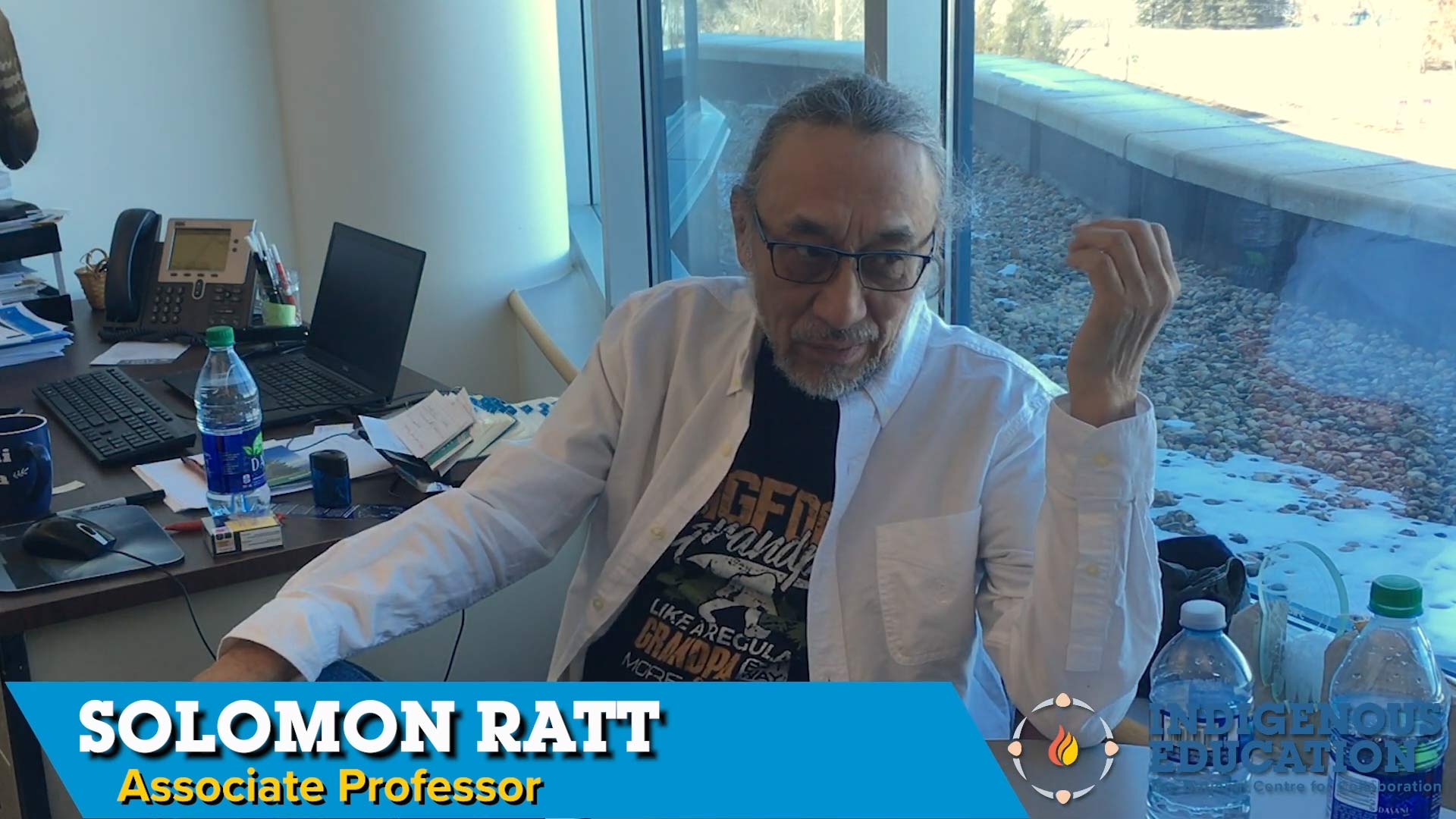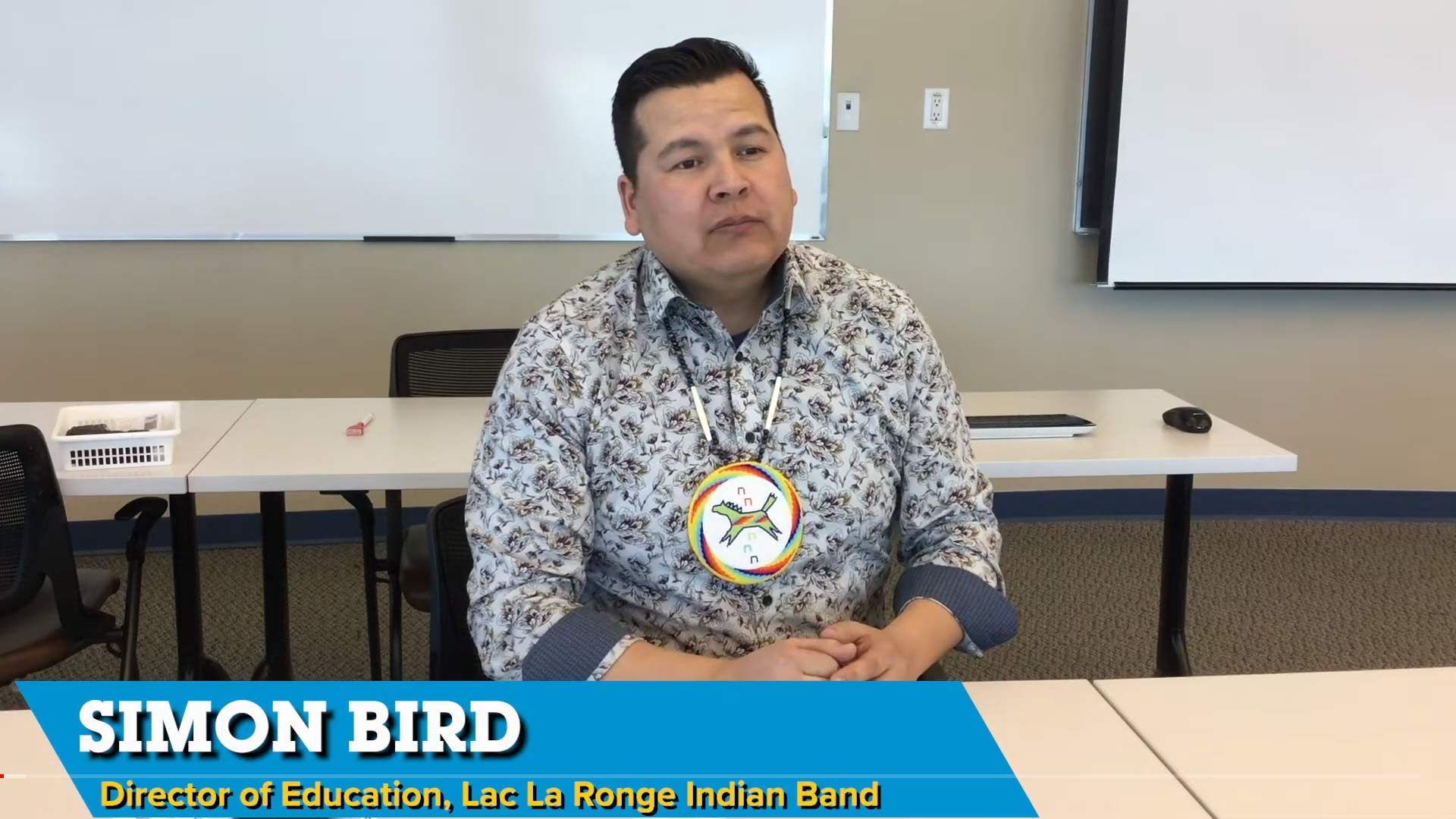Posted on March 30, 2021 by Steffany Salloum
Elder Willie Ermine from Sturgeon Lake First Nation shares about the process of community development and how possibilities like Harvest Days come to fruition in his community.
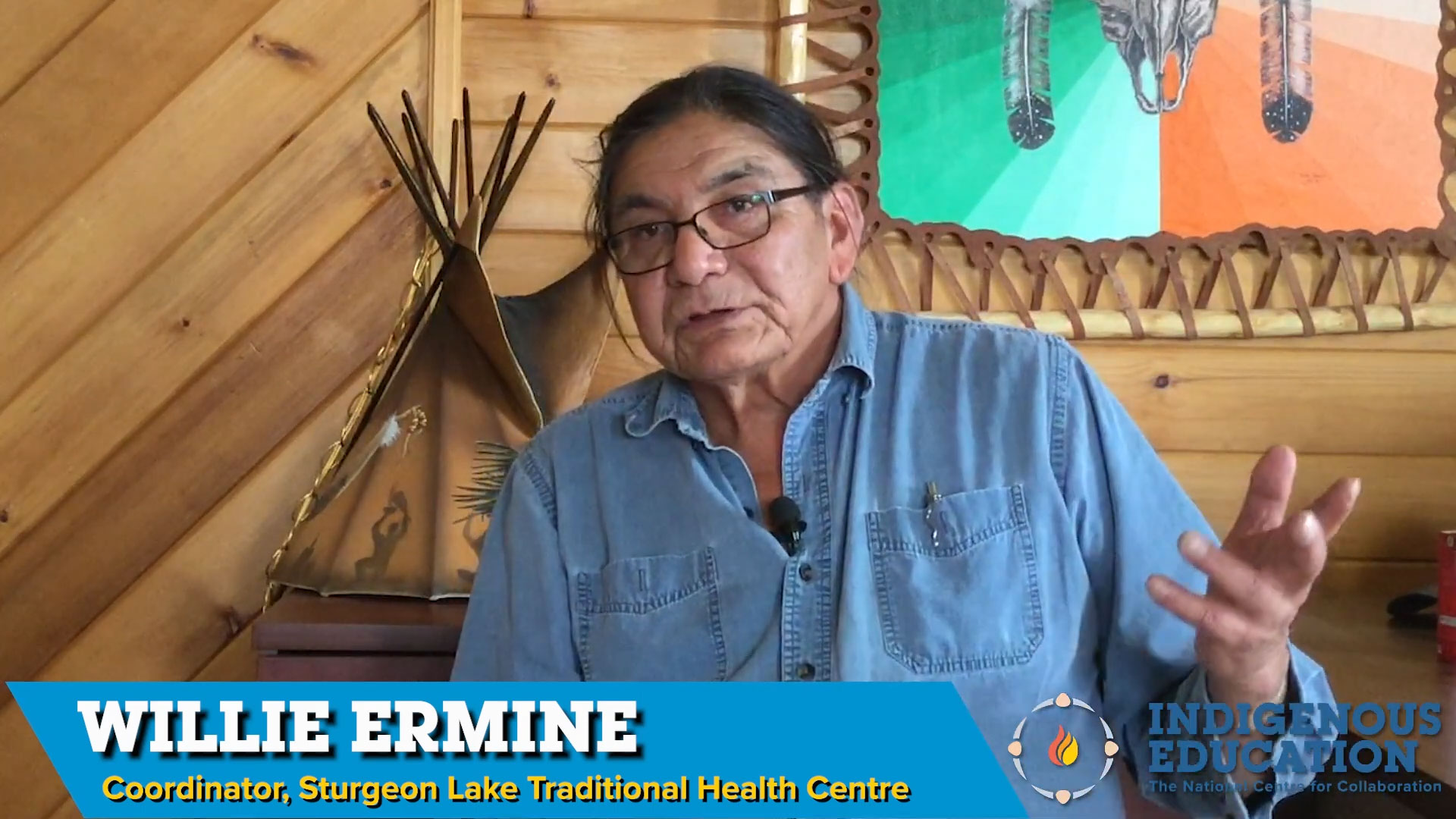
Elder and ceremonialist, Willie Ermine, from Sturgeon Lake First Nation is the Traditional Health Coordinator at the Lloyd Johnson Memorial Healing Lodge. It is through the Elder’s Council and the work of the Healing Lodge that brings Sturgeon Lake community members together. Ermine discusses the history of his community and shares about the uniqueness of community members. The people are special and it is with the gifts of the people that will determine what is possible. By extracting the memory of the community he hopes that community members will see themselves in the history and will find strength in that knowledge.
Case Study: Sturgeon Lake Traditional Health Program
Posted on by Steffany Salloum
Sturgeon Lake First Nation community members reflecting on Harvest Days during the COVID-19 pandemic.
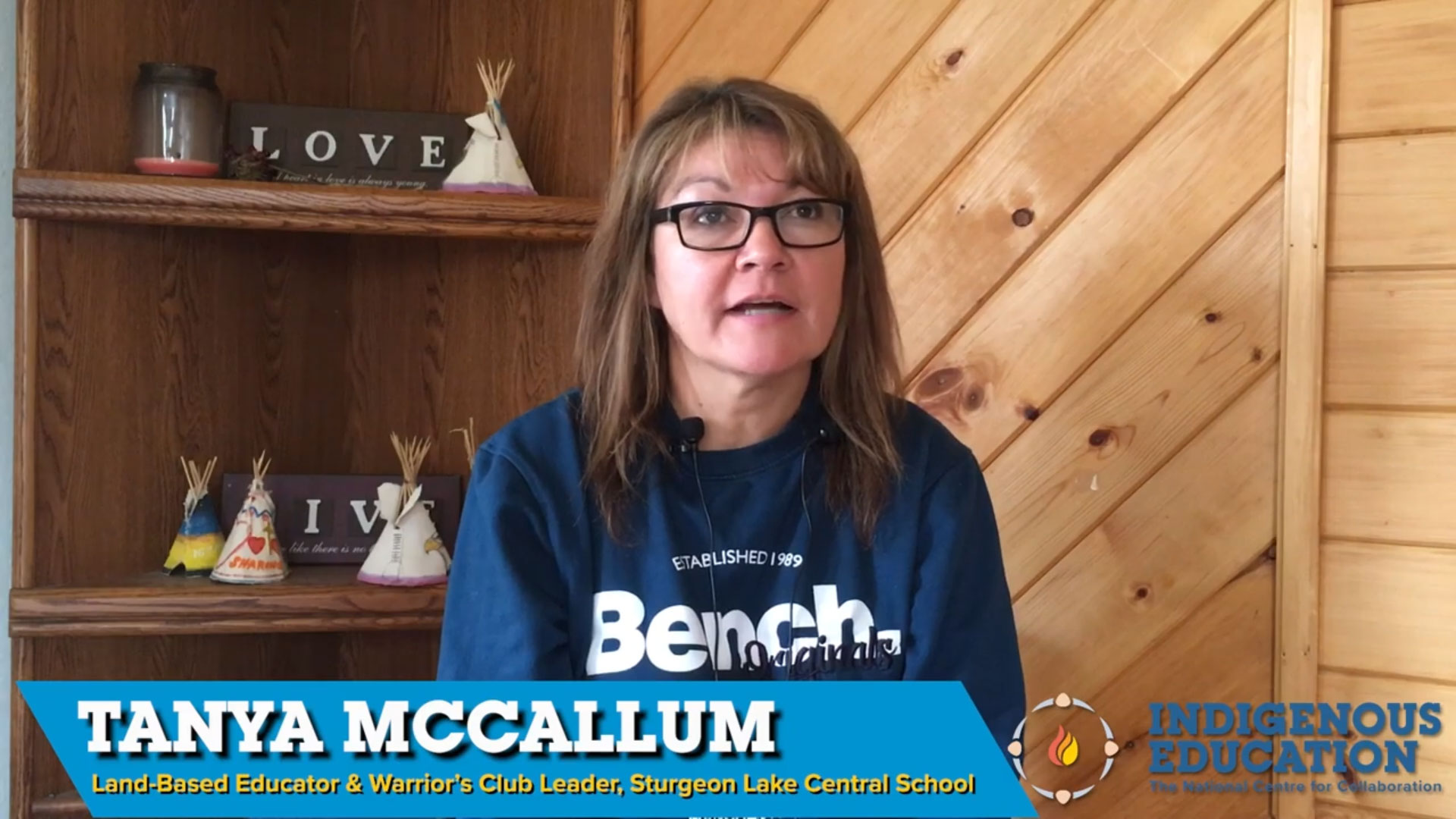
Harvest Days is an example of what is possible – community members came together at the Healing Lodge, over the course of a week, and between young and old, they hunted, fished, picked berries, processed food, prepared medicines and drank pandemic immunity. Their efforts to support their community during a pandemic and their commitment to teaching the youth about land-based learning, community, and traditional health is shown in their food security preparations.
*Disclaimer: This video deals wth the processing of deer, moose, and fish for preservation and has graphic content.
Posted on January 29, 2021 by Steffany Salloum
The Warrior’s Club is a land-based education group that meets bi-monthly to learn experientially about the land.
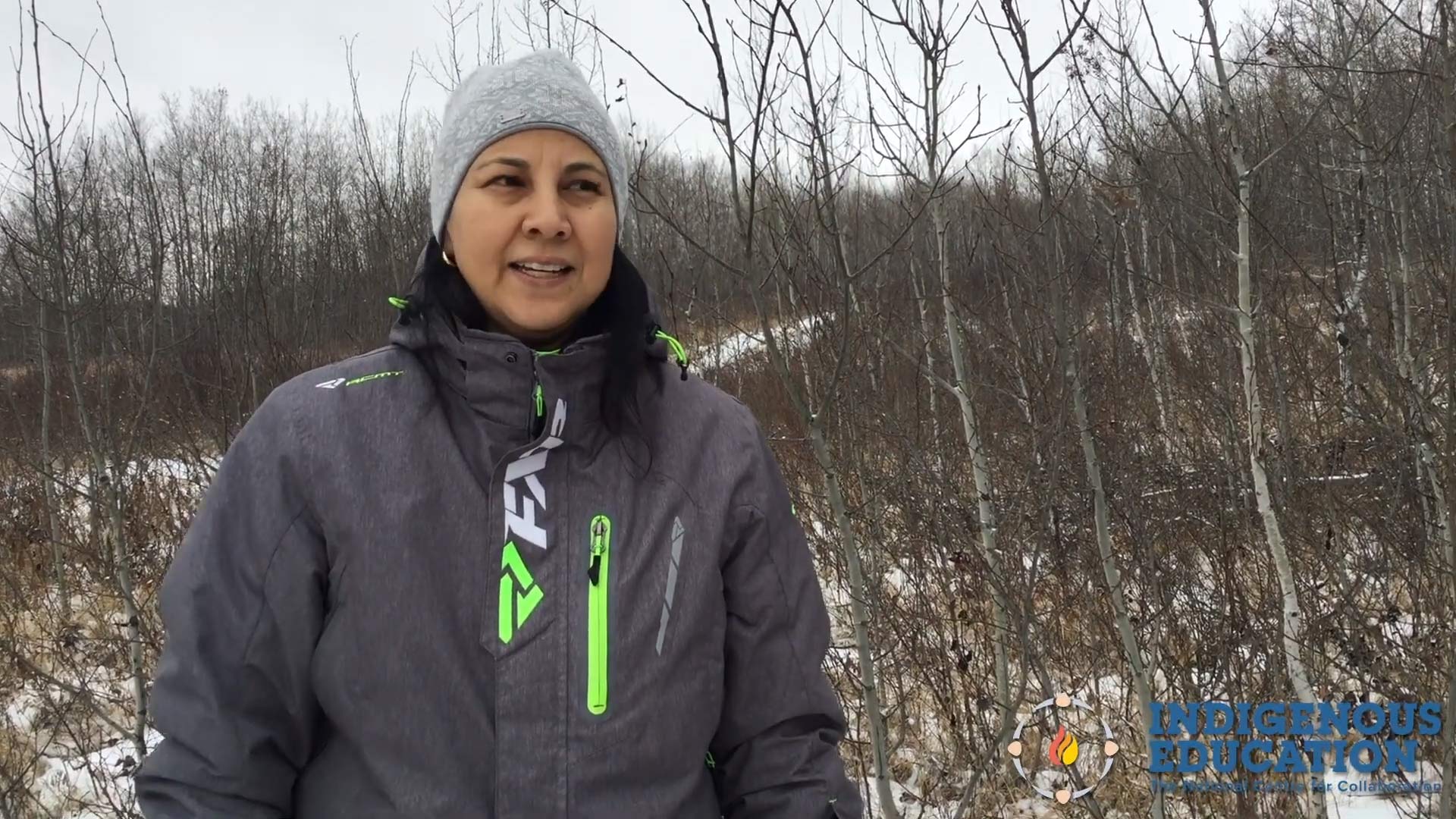
Tanya McCallum, is one of the land-based instructors at Sturgeon Lake Central School who help leads a Warrior’s Club for Indigenous male youth ages 11-15, she along with Lionel McKenzie. The Warrior’s Club educates youth and encourages them to develop a relationship with the land. Between the skills that they develop and the connections they make, the activities they engage in are meant to empower the next generation of men. The Club meets twice a month and engages in the following activities: camping, snaring, harvesting deadfall from the bush and chopping the wood, fire keeping, fishing, ice fishing, kayaking, canoeing, history lessons, and Cree language instruction.
Recently, the boys received chainsaw and axe safety lessons prior to using the equipment. After that, they were able to harvest the deadfall from the bush, chop the wood, and deliver the chopped wood to Elders and families in the community who were struggling financially. The boys are eager to provide this service to their community and the community members value the youth for their efforts.
This program has been made possible since 2017 due to the collaboration between Belinda Daniels and her uncle Velmer Ermine, who write up the grants and reports for and through Jordan’s Principle. This is a community collaboration, a ‘grassroots’ initiative between all who all support the program and the youth involved, and a special gratitude to the numerous guest speakers who enrich this program throughout all of the years.
Posted on by Steffany Salloum
Cree immersion and culture camps offer participants a culturally responsive education.
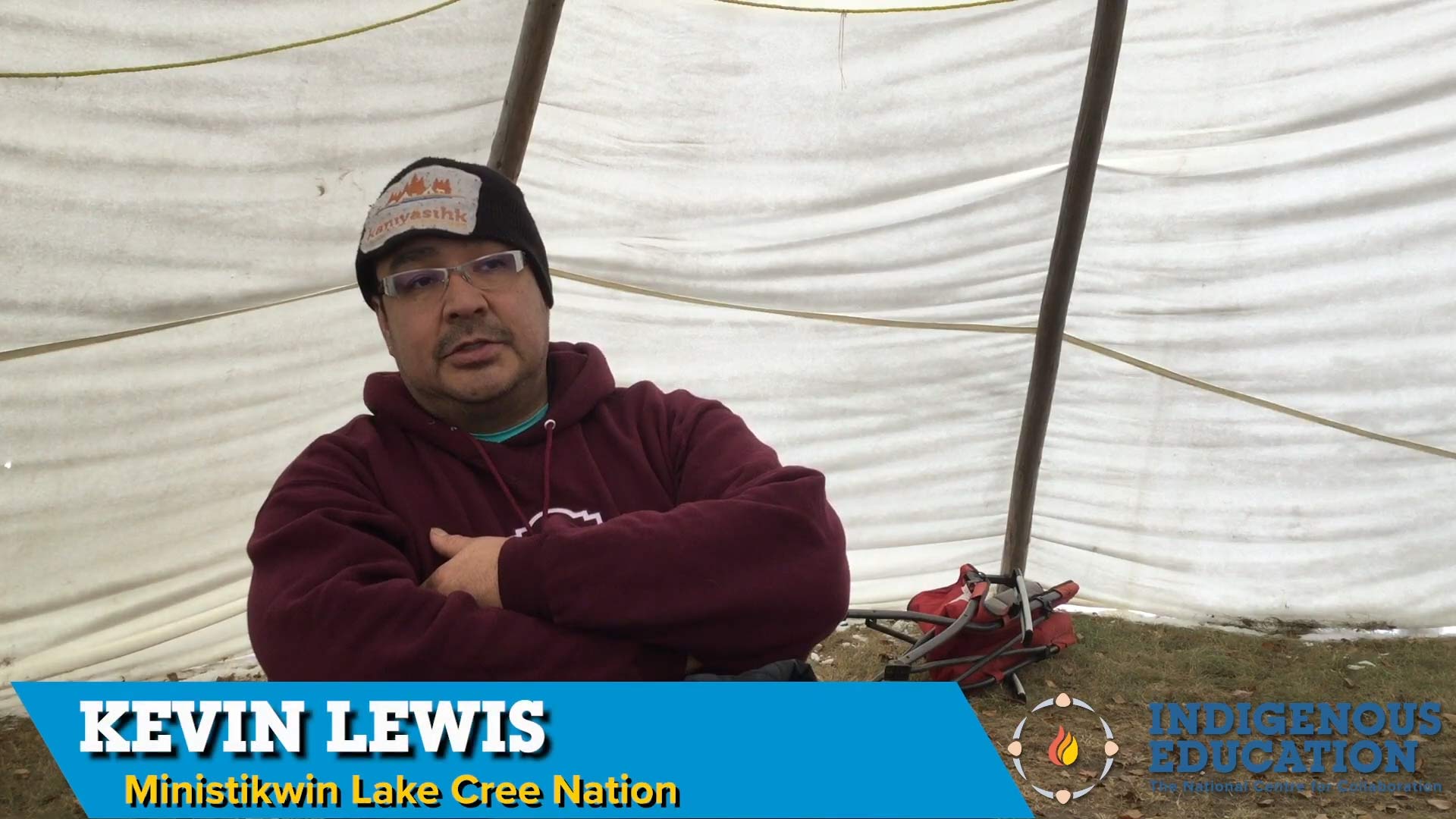
Founder of kâniyâsihk Culture Camps and initiator of the Cree Immersion School at Ministikwin Lake Cree Nation, Kevin Lewis is an Indigenous academic who has brought what he has learned about educating back to his community. Lewis is committed to land-based learning and Cree education and hopes to ensure his programs provide people, young and old, with a culturally responsive education. In order to evaluate these programs, he enlisted a colleague as an external reviewer who has experience establishing Maori schools and language centres in New Zealand. By evaluating both the school and the culture camps Lewis is learning about what students and parents are feeling, wanting, and thinking about these programs, which has informed how the program changes and adapts over time. The case study is considered a snapshot of the programs at a particular moment in time, and when the case study is combined with the Structured Assessments Framework for Land-Based Learning at kâniyâsihk Culture Camps, it becomes a model for evaluating such programs.
